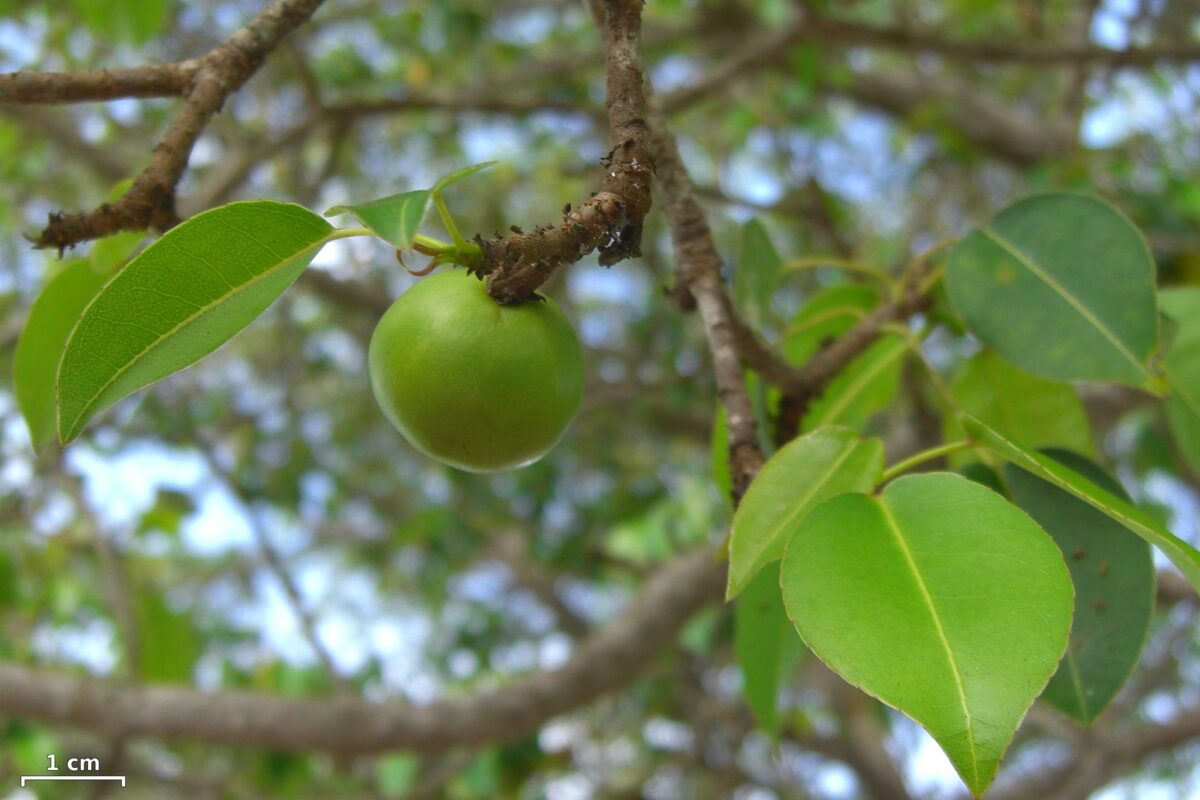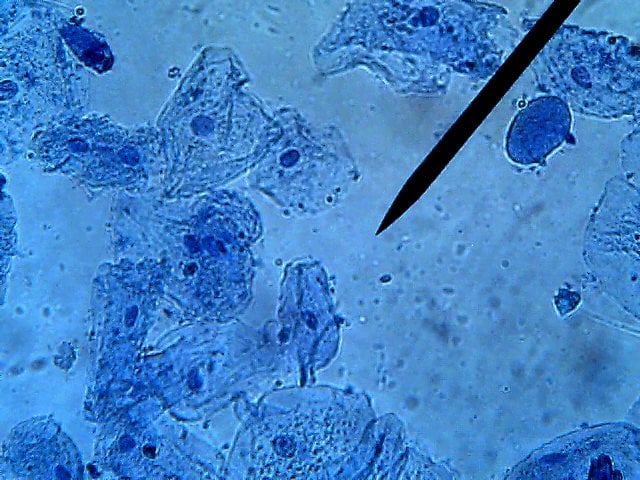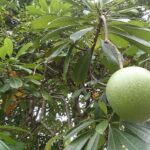The natural world is home to hidden dangers that can prove fatal to unsuspecting individuals. One such perilous entity is the “Tree of Death,” also known as the Manchineel tree (Hippomane mancinella). It is essential to know about the lethal properties, risks it poses, and the precautions necessary to avoid the hazards of this fascinating tree. Recognized as one of the most dangerous trees globally, the Manchineel tree is notorious for its toxic attributes. Its range of toxins, including phorbol esters and various other chemical compounds, are present in nearly every part of the tree. Mere contact with any of its parts can lead to skin irritation, blistering, and potential long-term health issues.
One of the most treacherous aspects of the Manchineel tree, however, is its deceptively attractive fruit. Resembling small green apples, these fruits may entice unsuspecting passersby, who remain oblivious to the peril they hold. Consuming the fruit can cause excruciating pain, burning sensations, vomiting, and potentially life-threatening complications. It is critical to exercise extreme caution around these fruits, never tasting or handling them without protection. In addition to its venomous fruits, the Manchineel tree’s sap is equally dangerous. This sap contains a potent mix of toxic compounds that can cause severe burns, blisters, and even permanent eye damage. Standing beneath the tree during rainfall can intensify the risk of exposure, as raindrop-induced contact with the sap can occur. Furthermore, merely standing near the tree during a windy day can carry toxic particles through the air, posing a threat to human health.
The Manchineel tree primarily thrives in the coastal regions of the Caribbean, Central America, and parts of South America. Its preferred habitats include mangrove swamps, sandy beaches, and coastal forests. Despite its potentially fatal consequences for humans, it plays an integral role in these delicate ecosystems. It provides shelter and food for various animal species, prevents erosion along coastal areas, and contributes to overall biodiversity. Its toxicity serves as a defense mechanism, deterring herbivores and ensuring its survival amidst other ecological forces. To protect oneself from the dangers of the Manchineel tree, several precautions must be taken. These include staying informed about the tree’s characteristics and potential risks, maintaining a safe distance from the tree, refraining from touching any part of the tree, practicing proper hand hygiene, and wearing protective clothing after being in proximity to the tree.
Similar Post
For those residing or traveling to areas where the Manchineel tree is present, seeking local knowledge and guidance can be invaluable. Local communities often possess traditional knowledge and practices that help them coexist with these dangerous trees. Engaging with locals and heeding their advice can provide valuable insights into navigating the Manchineel’s realm safely. Recognizing the ecological significance of the Manchineel tree, conservation efforts are underway to protect and preserve its habitats. Conservation organizations are promoting responsible tourism practices and implementing measures to prevent the destruction of coastal ecosystems that support the tree’s survival. They work towards raising awareness about the tree’s importance. The Manchineel tree stands as a testament to nature’s hidden dangers. Its toxic properties, deceptive allure, and presence in delicate coastal ecosystems make it a formidable adversary. Yet, understanding its lethal nature and taking appropriate precautions can help us safely coexist with this unique specimen.


















